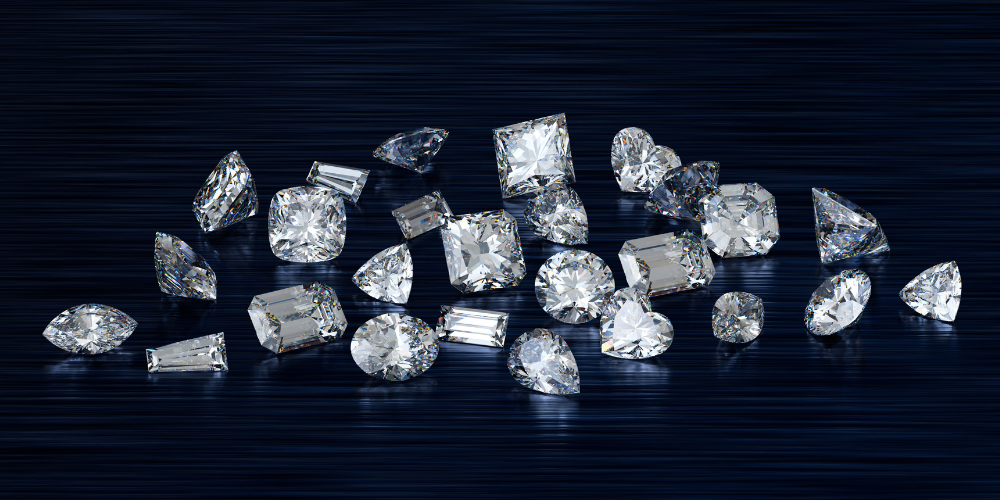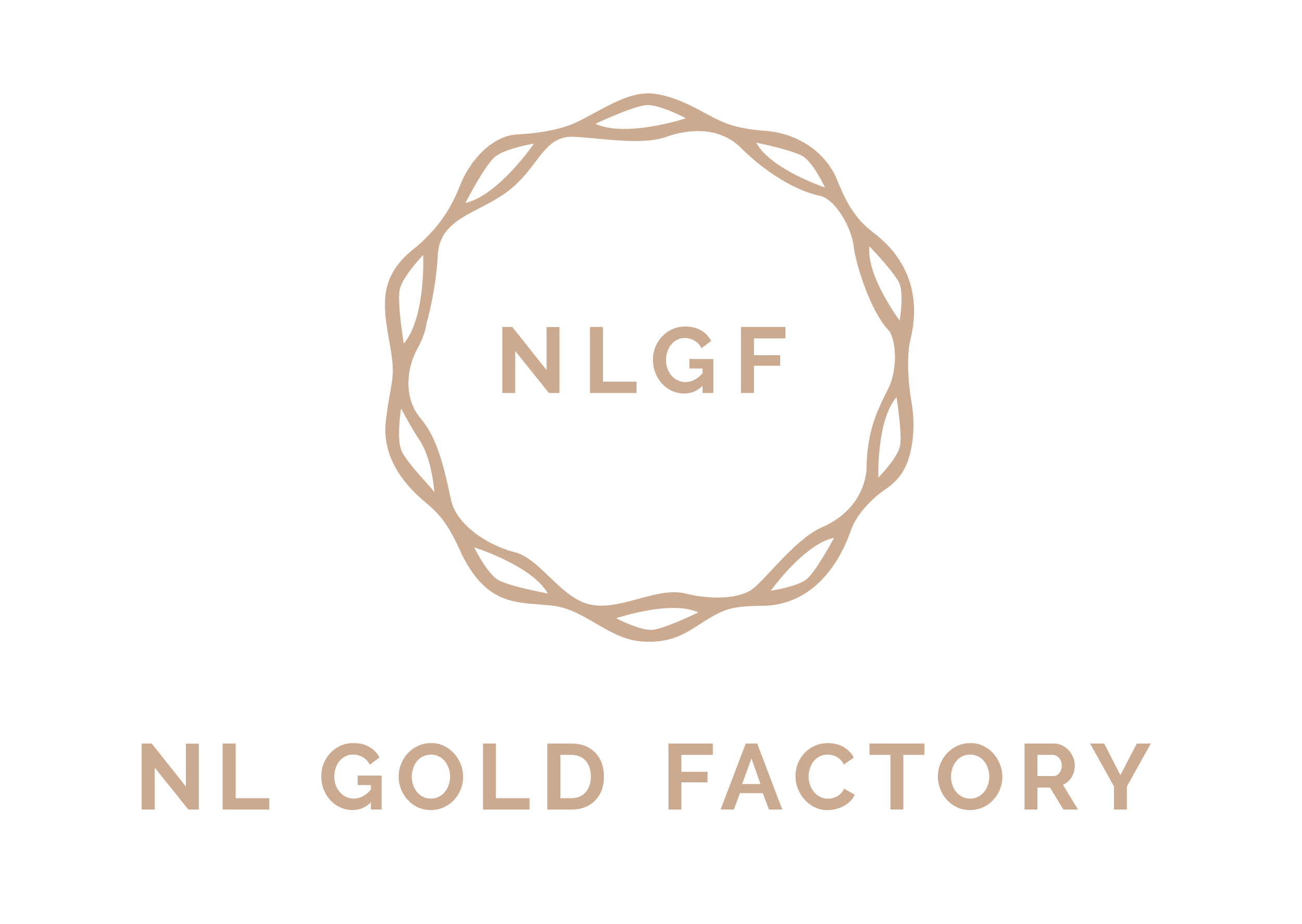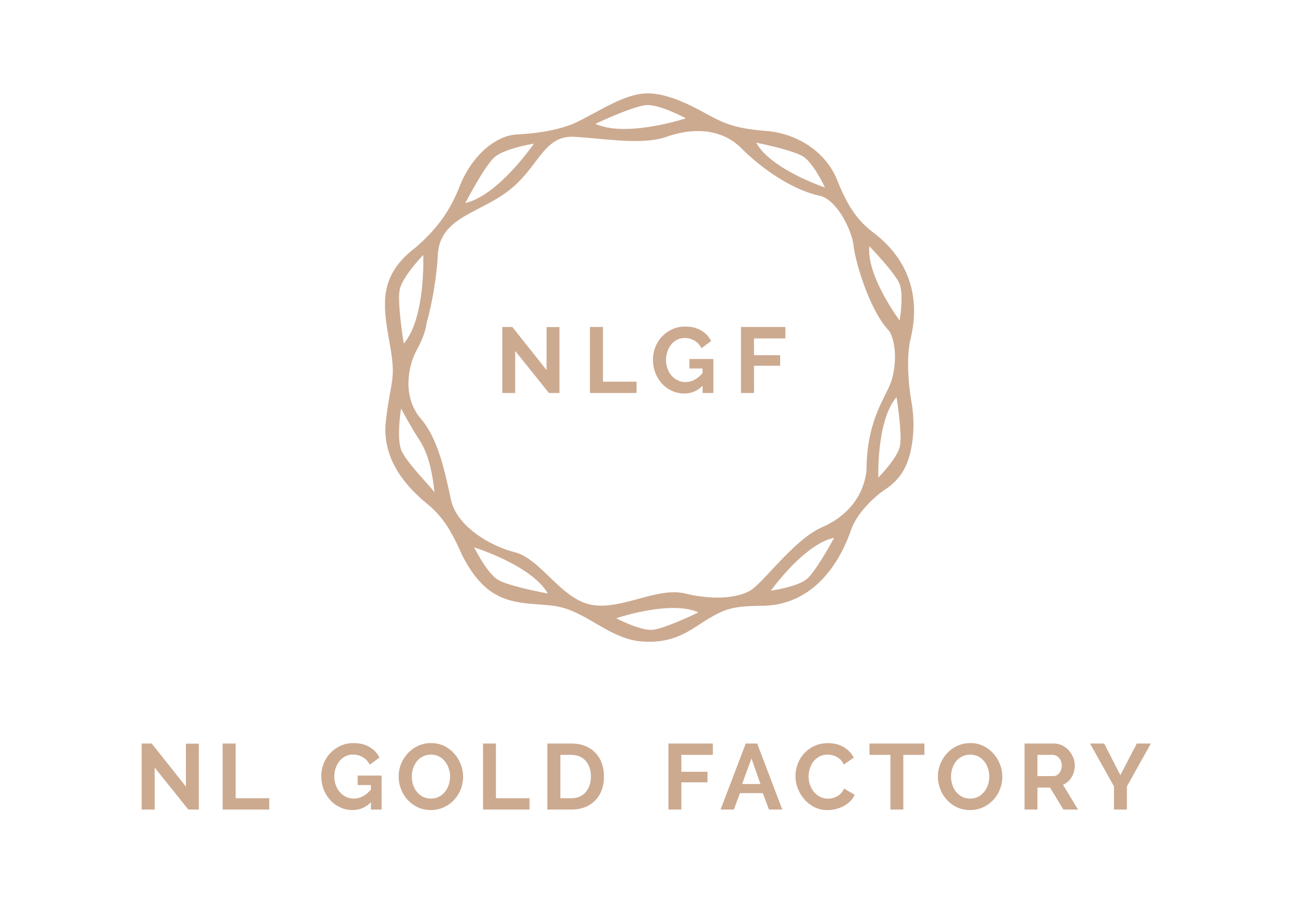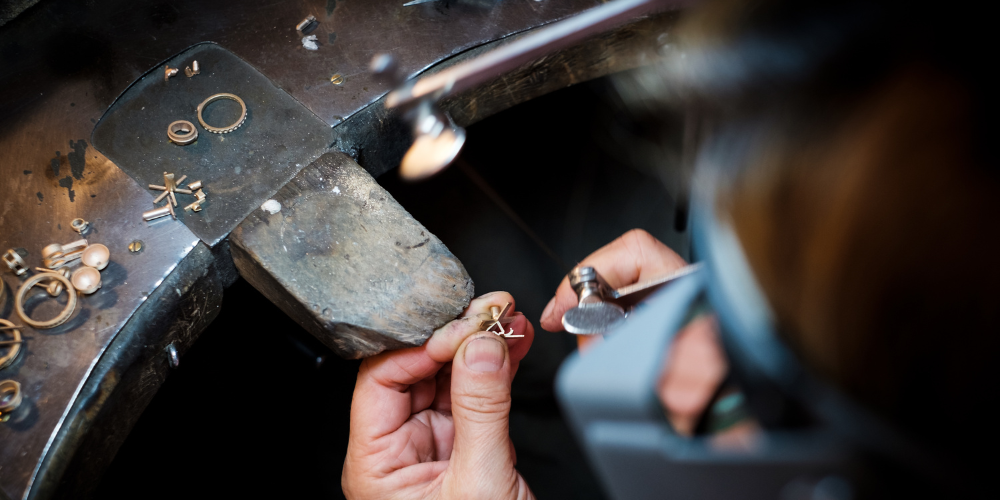Article: The 4C's of Diamonds to Know Before Buying Diamond Jewelry

The 4C's of Diamonds to Know Before Buying Diamond Jewelry
You find an enticing piece of diamond jewelry in a store, but you are worried about its credibility. You have no clue about what the terms and codes used to describe the diamonds in the jewelry mean. If you are in a similar situation and worried about the quality of your investment or diamond jewelry, you must read on.
The following 4 Cs determine the quality of diamonds:
Carat—means the weight of the diamond
Colour—is a measure of the hues and tinges of colour a diamond has
Clarity—means how clean the diamond is of internal and external imperfections
Cut—includes the angles of cuts, proportions of the shape, and symmetrical and aligned facets of the diamond
The 4C’s interact with each other within the diamond to make up its quality and appearance. Professionals grade them on consistent scales that serve as a tool to evaluate the quality of a diamond. Prices for diamonds are often based on grading reports.
Let’s see how each of these characteristics a bit in detail:
Carat
The physical weight of the stone is expressed in carats. One carat equals to 0.2 grams and is expressed on a scale of 100 points or 200 milligrams. In more familiar terms, over 2265 carats would equal one pound!
Sometimes people use carat to denote size of the diamond. However, note that some diamond cuts may make the diamonds look optically larger than others because of the proportions, but the carat is a standard unit to express weight.
You’d think the price of a diamond increases with its weight. While that is true to an extent, there are other factors that play a role in deciding the cost of a diamond.
Colour
Diamonds come in a variety of colours. They are graded on a scale of 23 shades using letters of the English alphabet D to Z. Colourless and ice white diamonds (D) are the priciest and rarest. Z denotes the warmer shades of white diamonds. There’s a variety of shades and characteristics in between.
Among the colour gradings, here is how to further categorize them as per quality.
- D-E-F are called colourless diamonds. They are the rarest and highest quality with a pure icy look.
- G-H and I-J are the near-colourless diamonds.
- K-L-M colour diamonds have a faint yellow colour. They are budget-friendly and pair beautifully with yellow gold.
- N-O-P-Q-R diamonds are very light yellow in colour.
- S-T-U-V-W-X-Y-Z are light yellow in colour.
| D | E | F | G | H | I | J | K | L | M | N | O | P | Q | R | S | T | U | V | W | X | Y | Z | |
| Colourless | Near colourless | Faint yellow | Very light yellow | Light yellow |
Colours shown here are for reference only
Note that diamond prices and quality decline or increase in alphabetical order of their colour. For example, a diamond with a H colour grade is less expensive than a diamond with a F colour grade.
Coloured, natural diamonds such as pink and red are extremely rare to find and therefore are very expensive. Such diamonds have a different grading criterion.
Before you begin to think about the price using any combinations of carat and colour, read further to know about the other two important factors.
Clarity
Natural diamonds may have internal (known as inclusions) or external imperfections (known as blemishes). The quality of a diamond is also determined by the extent to which it is free of any inclusions or blemishes.
Internal imperfections that occur during the formation of diamonds may include clouds, feathers, crystals or minerals, knots, cavities, cleavage, or internal graining. External blemishes occur during processing or working with diamonds, and may include polish lines, scratches, nicks, pits, chips, breaks, or dark or light spots.
Diamonds without inclusions or blemishes are rare and considered pure. Often small flaws cannot be seen with the naked eye. You’d need to use magnifying glass or a loupe to see them. Larger inclusions or blemishes that can ben seen with naked eye significantly affect the beauty and cost of a diamond.
Professionals grade diamonds from being flawless to having inclusions that are easily visible to a naked eye. There are varying degrees of clarity in between the two. The following chart will help you to understand the terms used to grade diamonds as per their clarity.
| FL | Flawless | Flawless, no internal or external imperfections |
| IF | Internally Flawless | Some small surface blemishes that may be visible under a microscope |
| VVS1 – VVS2 | Very, Very Small Inclusions | Some minuscule inclusions that are difficult even for trained eyes to see under 10x magnification |
| VS1-VS2 | Very Small Inclusions | Very small inclusions that range from difficult (VS1) to somewhat easy (VS2) to see at 10x magnification |
| SI1-SI2 | Small Inclusions | Small inclusions easily recognizable at 10x magnification |
| I1, I2, I3 | Included | Clearly recognizable inclusions |
Cut
Cut is a combination of characteristics, such as angles at which a diamond is cut, geometric shape or appearance, proportions of the diamond, and symmetry of the cuts.
Cut determines how well a diamond’s facets reflect light. It dictates how brilliantly a diamond shimmers and shines when it is moved. The more precise the diamond is cut, the more captivating the diamond is to the eye.
Raw diamonds are cut into a variety of shapes. Each shape has different cut characteristic that make it unique. Most popular diamond shapes you can choose from are round, emerald, pear, marquise, princess, cushion, Asscher, oval, heart, radiant, and Baguette.
It’s a combination of all these 4 Cs that determines the 5th C—cost of a diamond.



